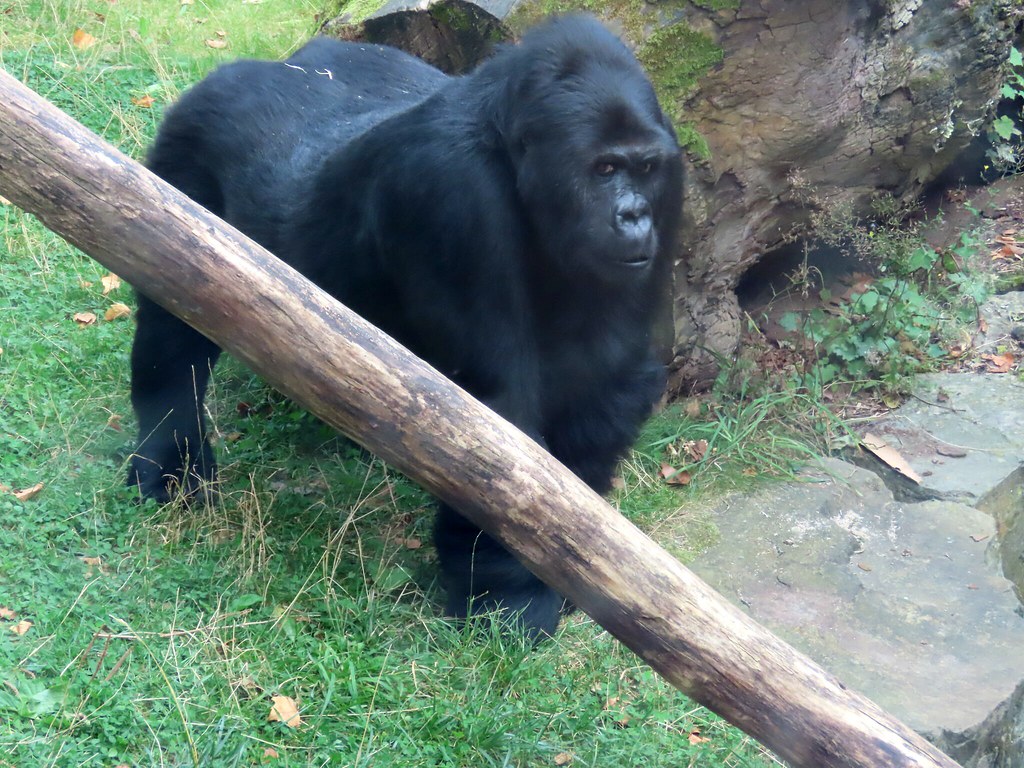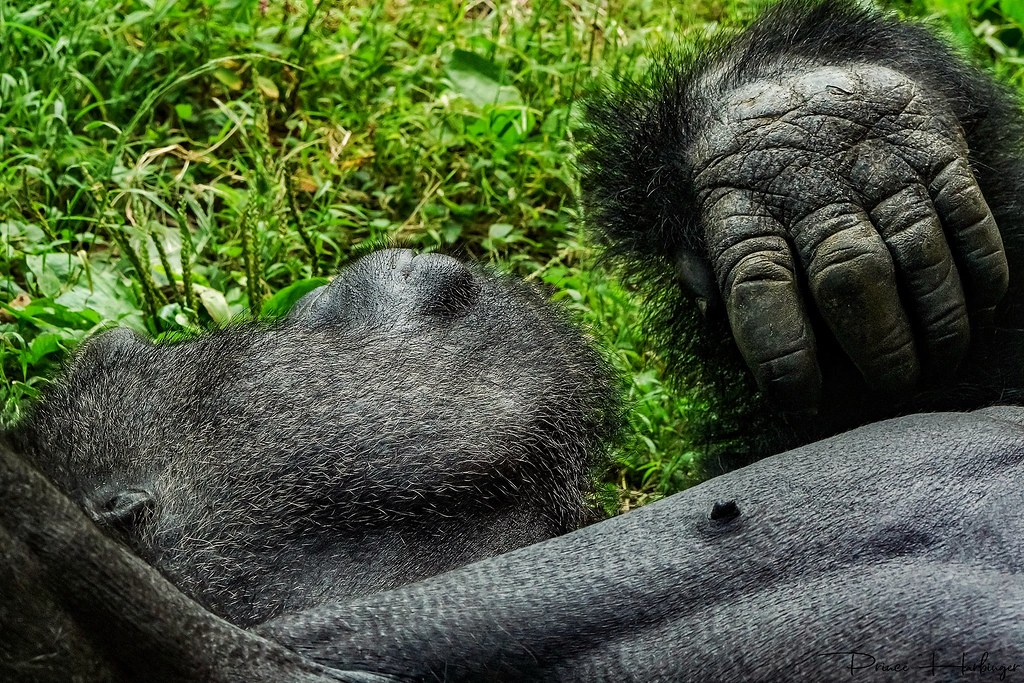The eastern lowland gorilla, also known as the Grauer’s gorilla, is one of the most remarkable and yet lesser-known members of the great ape family. Found only in the remote forests of eastern Democratic Republic of Congo (DRC), this majestic primate is the largest subspecies of gorilla — and the largest primate in the world.
While most people are familiar with the mountain gorillas of Rwanda and Uganda, the eastern lowland gorillas remain shrouded in mystery, living in some of the most difficult-to-access wilderness on earth. Let’s uncover some fascinating facts about these incredible creatures.
The Largest of All Gorillas
Eastern lowland gorillas hold the record as the largest gorilla subspecies. Adult males can weigh up to 210 kilograms (460 pounds) and stand over 1.7 meters (5.6 feet) tall when upright. Their massive build and muscular frame give them an impressive presence in their forest home.
Females are much smaller, usually weighing around 90 to 100 kilograms (200–220 pounds). Despite their immense size, they are gentle and shy by nature, avoiding human contact whenever possible.
Where They Are Found
These gorillas are endemic to eastern Congo, mainly in the lowland and sub-montane forests of the Albertine Rift. They inhabit areas such as Kahuzi-Biega National Park, Maiko National Park, and the surrounding forests of Itombwe and Walikale.
Kahuzi-Biega National Park is the best-known place for seeing habituated eastern lowland gorillas in the wild, offering guided treks that allow visitors a rare glimpse of these elusive apes.
Diet: A Feast of Leaves and Fruits
Eastern lowland gorillas are primarily herbivores, feeding on leaves, fruits, stems, seeds, and occasionally insects. Unlike mountain gorillas, which rely heavily on fibrous leaves and shoots, the lowland forests where Grauer’s gorillas live provide more fruit year-round, making fruit a significant part of their diet.
Their feeding behavior plays an important role in forest ecology, as they disperse seeds and help maintain plant diversity.
 Social Structure: Family Life in the Forest
Social Structure: Family Life in the Forest
Like other gorilla species, eastern lowland gorillas live in social groups led by a dominant silverback male. A typical group can include one silverback, several adult females, and their offspring. The silverback protects his group, mediates conflicts, and leads them to feeding sites and resting areas.
Groups are usually smaller than those of mountain gorillas, often numbering between 5 and 15 individuals, though larger groups have been observed.
Conservation Status: Critically Endangered
Sadly, eastern lowland gorillas are listed as critically endangered on the IUCN Red List. Their population has declined drastically in recent decades due to poaching, habitat destruction, mining activities, and armed conflicts in the region.
It is estimated that their numbers have dropped by over 50% in the last 25 years, with fewer than 6,800 individuals remaining in the wild. Conservation efforts by organizations and local communities are ongoing, but the species faces immense challenges.
Seeing Them in the Wild
For those who want to witness these incredible creatures, Kahuzi-Biega National Park in eastern Congo offers gorilla trekking tours to habituated groups. The experience is similar to mountain gorilla trekking but less crowded and more remote, making it a unique and rewarding adventure.
The eastern lowland gorillas are true giants of the Congo’s forests — awe-inspiring, intelligent, and vital to the health of their ecosystem. Visiting them not only offers an unforgettable wildlife experience but also supports conservation efforts that are crucial to their survival.
By learning about and protecting these magnificent apes, we take a step closer to ensuring they remain part of our natural world for generations to come.





